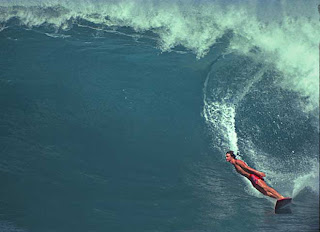Quality can also be the degree of excellence. Like one cut of diamond is better than another there for of better quality, or higher grade.
Sometimes in the surfboard related discussion forums dialog gets going about the quality of different surfboards like the over seas boards being better quality than ones made in the US etc. I recently read a comment by the head guy from GSI… sorry couldn’t find a link or remember his name… saying that the factory that his boards are made at is the only surfboard factory with an ISO certification.
Of course that sounds impressive but it should be qualified. First, having an ISO certification doesn’t mean that your product is of higher quality than any or everybody else. But it does mean that you have a quality standard. That standard is documented and it is what you follow… everyone follows that standard in your organization. Most of that standard is in management. In reality it is for large companies. The GSI surfboards are built in the Cobra factory which is a large factory in Thailand. Large enough that they would benefit from an ISO certification and it makes perfect sense. A surfboard company that has a dozen or less workers would not go after an ISO certification however they may have a quality standard.
When my son started working for Point Blanks he was trained in the procedures of that shop. They make a good surfboard and their process is well thought out and followed. You could definitely say Point Blanks has a quality standard. When the time comes that we put on someone at my shop they will be expected to follow our procedures as well. They may not be written down but they are followed and any new person that would start working with us would need to follow our procedures. I have a quality standard too.
To say that a product is better… in this case a surfboard, because it is made in a facility that has an ISO certification is misleading. It’s good for the GSI guy because he knows that his product is being made following a specific standard… or in a certain manner. It doesn’t mean that the product is built to a higher standard but to a specific standard.
I know my boards are built to a specific standard too, and I’ve got it set high.
D.R.








